Tags: Star

NASA Shares Stunning Photos of Merging Galaxies 140 Million Light-Years from Earth

NASA-Funded CIBER-2 Sounding Rocket Identifies the Complete Count of Stars, Expected to Increase

Taurus B213: Experts Found Diverse Magnetic Fields in Solar-Type Star-Forming Cores
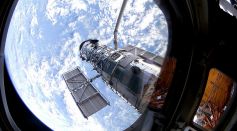
Fast Radio Bursts: Did Spiral Galaxy Arms Cause FRBs?
How are Stars Born? Computer Simulation Realistically Shows Breathtaking Stellar Formation [WATCH]
Red Dwarfs: Can Humans Live on Exoplanets Orbiting the Most Common and Long-Lasting Stars in the Galaxy?
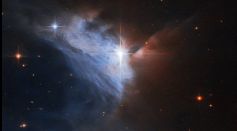
NASA's Hubble Space Telescope Captures Cosmic Cloud from Emission Nebula

NASA Hubble Space Telescope Captures an Explosion of a Star; What is This Weird Supernova?

Eta Aquarids May 2021: Meteor Shower to Illuminate the Sky With Shooting Stars
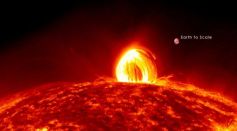
NASA Detects Sunspots as Sprays of Plasma Formed on the Surface; Will It Turn Into a Solar Storm?
Proxima Centauri Spits Out Biggest Solar Flare, But Experts Still Consider It a Habitable Region
New Astrophysics Code Models Stellar Collision Faster

Hubble Space Telescope Shares Stunning Photo of Unstable Celebrity Star
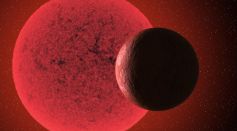
New Super-Earth Found: Does It Orbit a Red Dwarf Star in 2.4 Days?

Hubble Space Galaxy Shares Photo of Peculiar Galaxy and Earth-Like Exoplanet
Cassiopeia Explosion: Japanese Astronomer Captures Brightest Nova Yet

Did NASA Just Discover a Magnetic Field in Sun’s Chromosphere?
Did NASA Just See 'Pulsar SXP 1062' Hidden In Supernova Remnant?
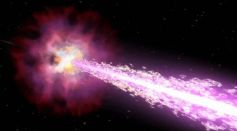
Experts Found Vast 'Halo' of Dark Matter Around Dwarf Galaxy

TRAPPIST-1 Planets May Have Unusual Similar Compositions, NASA Says
Most Popular

Ancient Hotspot Found to Have Created Great Lakes 300 Million Years Ago

Mysterious Structures Discovered Beneath the Pacific Ocean, Puzzle Scientists

Largest Known Volcanic Aquifer Discovered Beneath Oregon's Cascades

New 'Supergiant' Sea Bug Found in South China Sea, Named After Darth Vader





